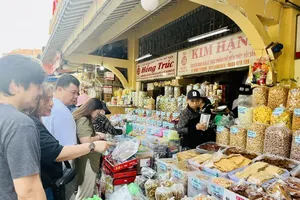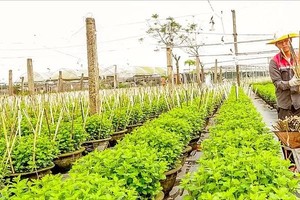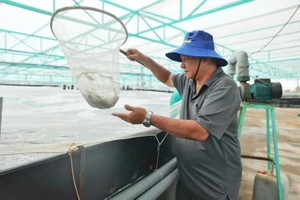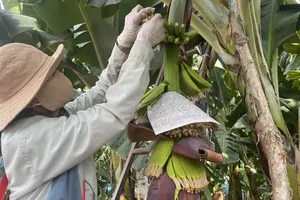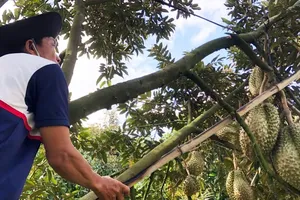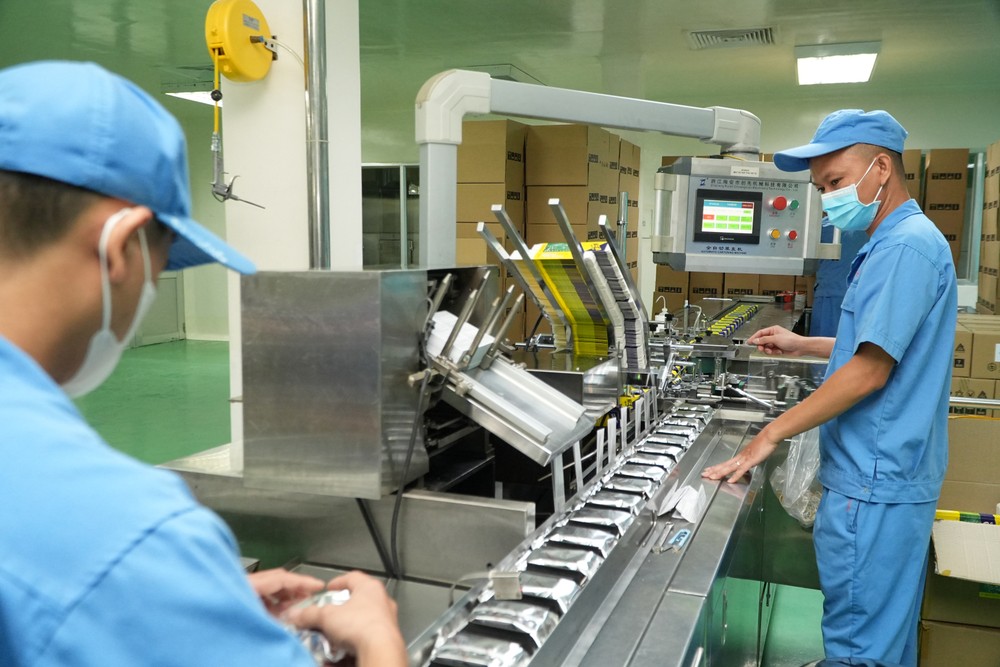
As a result, domestic companies have proactively begun diversifying their markets from the start of the year to mitigate risks to their export operations.
Rising technical barriers
In a brief discussion on this matter, Mr. Nguyen Phi Long, Chairman of the Board of Directors of Saigon Industry Corporation (CNS), mentioned that the corporation’s revenue for 2024 reached VND6.7 trillion. The two main export markets for the company are Europe and the US.
Looking ahead to 2025, increased demand in industries such as automotive, electronics, healthcare, and consumer goods is expected to drive growth in the plastic injection molding sector. This will create opportunities to export high-quality plastic products and molds to international markets, particularly Europe and the US. However, the risk of many export items being subject to high tariffs in these markets could significantly affect the company’s export operations. In addition, the corporation will face intense competition from countries with advanced plastic molding and injection industries, such as China, Thailand, and Malaysia.
Sharing similar concerns, Ms. Pham Thi Xuan Huong, CEO of OPC Pharmaceutical Joint Stock Company, mentioned that OPC’s products are now available in 15 countries. Expanding into international markets has helped OPC reduce its reliance on the domestic market and strengthen its global competitiveness. However, predictions about new economic policies in the US are causing growing anxiety to the company.
By the end of 2024, Vietnam had a trade surplus of US$102 billion with the US. This situation exposes Vietnam to the potential impact of new US trade policies, primarily related to trade, tariffs, technology, finance, and investment.
In 2024 alone, the US launched 11 trade defense cases against exports from Vietnam, accounting for one-third of the total 32 cases across 12 different markets. Investigated products include solar panels, shrimp, corrosion-resistant steel, fiber trays, and paper plates. The US also launched investigations into unprecedented matters, such as cross-border subsidies for solar panels and capsule shells.
Additionally, products like plywood, wooden furniture, hot-rolled steel, prestressed steel cables, welded steel pipes, shaped aluminum, copper pipes, float glass, PET plastic, artificial quartz stone, washing machines, refrigerators, truck and bus tires, high-speed steel, and transformers have been included in early warnings of potential trade defense investigations in various export markets.
Enhancing the quality of Vietnamese products
According to data from the Ministry of Industry and Trade, Vietnam has established trade relations with over 200 countries and territories. In 2024, the top ten export markets for Vietnam include the US with an export turnover of $119.6 billion, followed by China at $50.8 billion, the EU at $42.3 billion, South Korea at $21 billion, Japan at $20.1 billion, ASEAN at $13.9 billion, Hong Kong (China) at $9.5 billion, Taiwan (China) at $7.8 billion, India at $7.2 billion, and Australia at $6.5 billion.
Diversifying export markets not only helps Vietnamese businesses grow sustainably but also contributes to national economic growth and strengthens Vietnam's position in the global trade arena.
“To boost exports safely to the US market, domestic businesses should collaborate with US importers and distributors to focus on products that are distinctly 'Made in Vietnam.' Companies need to prioritize product origin, reduce costs to enhance competitiveness, and consider importing raw materials from the US to balance trade. Strengthening understanding and compliance with trade defense regulations will help businesses minimize risks and maintain stability in their export activities,” advised Mr. Do Ngoc Hung, Vietnam’s Trade Counselor in the US.
From a different perspective, Mr. Kao Sieu Luc, CEO of Asia Bakery & Confectionery Private Enterprise (ABC Bakery), believes that Vietnamese businesses should consider expanding their market share in the premium product segment when they are ready. In 2024, the company's export orders increased by 40 percent compared to the previous year, thanks to its investment in high-end bakery products for export to Japan. The company now has enough orders to maintain production through June, with about 60 containers per month. Exporting to neighboring markets helps the company significantly reduce logistics risks. The key is for Vietnamese businesses to invest in production lines and materials suitable for the premium market.
Additionally, according to economic experts, to adapt to new global trade trends, businesses should continuously improve and seek technological solutions to optimize costs, enhance the use of advanced technologies, and implement artificial intelligence (AI) to increase automation in production. They should also quickly adopt digital transformation and green practices. Researching and incorporating new raw materials to replace some imported ones can help reduce product costs and increase competitiveness. Strengthening direct or indirect exports while securing market share in global supply chains will help businesses avoid risky direct exports to demanding markets, thus reducing export-related risks.
